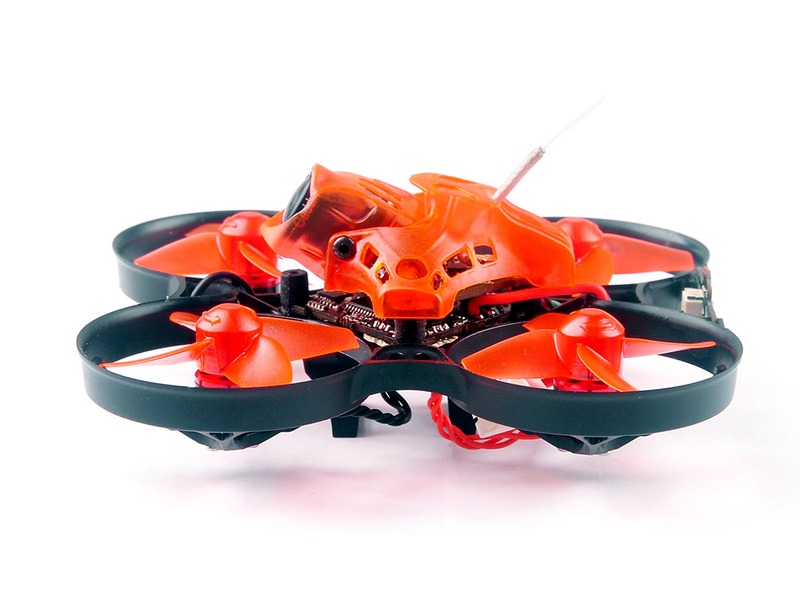What is difference between drone and quadcopter?

A drone and a quadcopter are both types of unmanned aerial vehicles (UAVs) that are used for various purposes such as aerial photography, surveillance, search and rescue, and delivery of goods. However, there are some key differences between the two that should be considered when deciding which type of UAV is best for a particular application.
The most obvious difference between a drone and a quadcopter is their design. A drone is a fixed-wing aircraft that is propelled forward by one or more rotors. Drones typically have a longer range and higher speed than quadcopters, but they are also more difficult to control and require more skill to fly.
A quadcopter, on the other hand, is a multi-rotor aircraft that is powered by four rotors. Quadcopters are easier to control than drones and require less skill to fly. They also have a shorter range and lower speed than drones, but they are more maneuverable and can hover in one spot.
Another difference between drones and quadcopters is the type of camera they use. Drones typically use a gimbal-mounted camera that is mounted on the underside of the aircraft, while quadcopters usually use a camera that is mounted on the top of the aircraft. The gimbal-mounted camera on drones allows for more stable footage, while the camera on quadcopters is more susceptible to vibration and movement.
Finally, drones and quadcopters also differ in terms of cost. Drones are typically more expensive than quadcopters, due to their larger size and more complex design. Quadcopters, on the other hand, are generally cheaper and easier to maintain, making them a more cost-effective option for many applications.
In conclusion, drones and quadcopters are both types of UAVs that have their own unique advantages and disadvantages. When deciding which type of UAV is best for a particular application, it is important to consider the differences between the two and determine which type is best suited for the task at hand.
Comments / Question
Maneuverability and control are two different aspects of a vehicle's performance. Maneuverability refers to the vehicle's ability to make quick turns and changes in direction, while control refers to the driver's ability to maintain control of the vehicle while driving.
In terms of maneuverability, cars typically have better maneuverability than trucks due to their smaller size and lighter weight. Cars are able to make tighter turns and are more agile than trucks. Trucks, on the other hand, are generally heavier and less agile.
In terms of control, trucks typically have better control than cars due to their larger size and weight. Trucks have more stability and traction, allowing them to handle better in different road conditions. Cars, on the other hand, are more prone to sliding and skidding in certain conditions.
2. Jet: Turbofan or turbojet engine
3. Glider: No propulsion system; relies on air currents and thermals
4. Propeller Plane: Propeller driven by a piston engine

